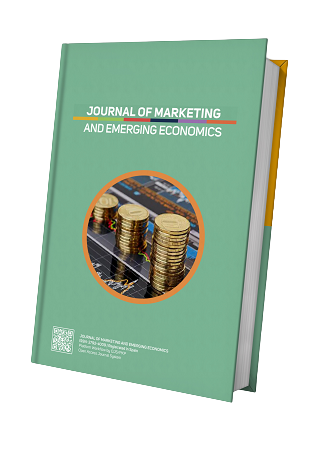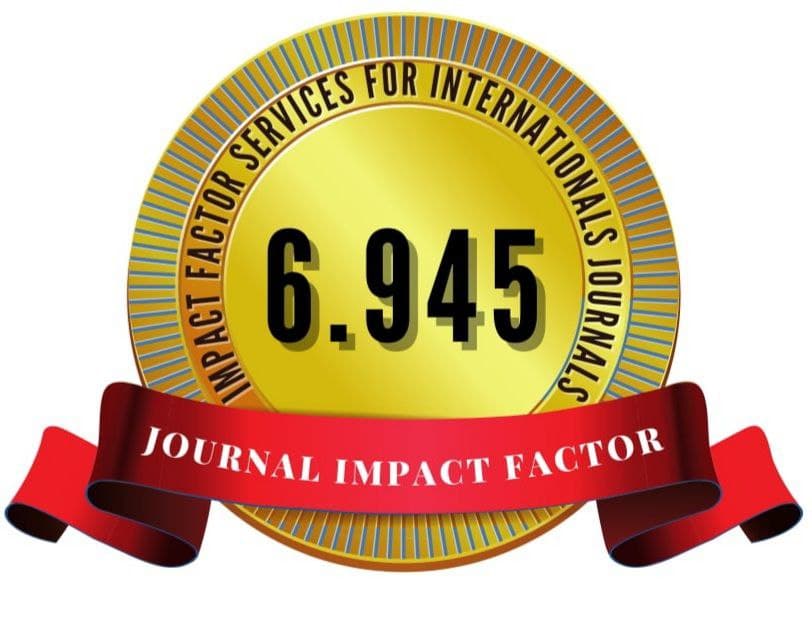Strengthening Tourism Identity through Institutional Identification of the Traditional Bima Weaving Industry
Keywords:
Tourism, Institutional, Weaving IndustryAbstract
As with the strength of tourism in other regions that utilize the value and wealth of culture, the traditional Bima weaving as a cultural heritage and local wisdom have great potential to become a strengthener of tourism identity. Unfortunately, the weak bargaining power of the traditional Bima weaving industry has an impact on the difficulty of internalizing the cultural values and local wisdom embedded in the traditional Bima weaving into the strengthening of tourism identity. This is reflected not only from economic factors, but also from several institutional relationships. The novelty of this research is reflected in the use of the developed analysis method, namely the "Institutional Approach of, Analytic Hierarchy Process and Strengths, Weaknesses, Opportunities, Threats for Structure-Conduct-Performance (IA-AHP-SWOT-SCP)". Our research results show that the strengthening of Bima City's tourism identity through the Bima weaving industry requires a comprehensive institutional strategy. This includes the formation of a craftsmen association, optimization of local government regulations, strengthening of product promotion and marketing, protection of local products, and capacity building for craftsmen. Strategies for domestic and international market expansion are also important, supported by knowledge transfer, innovation, and guaranteed stock availability. Strengthening the certification and standardization system for Bima weaving products is necessary to increase competitiveness in the export market.
References
Menparekraf, “Rencana Strategis Kemenparekraf / Baparekraf 2020-2024 Perubahan.” p. 152, 2022.
A. Q. Saputra, “Perkembangan Kerajinan Tenun Tembe Nggoli Pada Masyarakat Di Daerah Bima Nusa Tenggara Barat,” 2023. [Online]. Available: http://repository.upi.edu/id/eprint/88864
A. Fitriana and Suharno, “Budaya Rimpu Sebagai Eksistensi Perempuan Islam Di Tanah Bima,” vol. 02, no. 2007, pp. 211–217, 2019, [Online]. Available: http://jurnalantropologi.fisip.unand.ac.id/
H. Memon, G. M. Ranathunga, V. M. Karunaratne, S. Wijayapala, and N. Niles, “Sustainable Textiles in the Past ‘Wisdom of the Past: Inherited Weaving Techniques Are the Pillars of Sustainability in the Handloom Textile Sector of Sri Lanka,’” Sustain., vol. 14, no. 15, 2022, doi: 10.3390/su14159439.
E. Pulungan, “Pengembangan Tenun Ikat Komunitas Kaine’e Provinsi Nusa Tenggara Timur Melalui Model Quadruple Helix,” Aspir. J. Masal. Sos., vol. 7, no. 2, pp. 199–208, 2019, doi: 10.46807/aspirasi.v7i2.1291.
Asian Development Bank Institute, “Creative Economy 2030 Imagining and Delivering a Robust, Creativite, Inclusive, and Sustainable Recovery,” Asian Development Bank Institute Kasumigaseki Building 8F 3-2-5, Kasumigaseki, Chiyoda-ku Tokyo 100-6008, Japan www.adbi.org. pp. 1–339, 2022. [Online]. Available: https://www.adb.org/sites/default/files/publication/804501/adbi-creative-economy-2030.pdf
D. A. G. Mag et al., “Arts and Social Studies Research Vol. 1,” Arts Soc. Stud. Res. Vol. 1, 2020, doi: 10.9734/bpi/assr/v1.
H. Zargham, “Sustainable tourism development and handicrafts in the developing world,” WIT Trans. Ecol. Environ., vol. 102, pp. 1011–1017, 2007, doi: 10.2495/SDP070972.
R. Yuridhista, D. Ariska, D. Xin, and W. Martin, “Analysis of Development in the Creative Industry with the Existence of the Craft Sector in Pearl Jewelry in the City of Mataram,” J. Markcount Financ., vol. 1, no. 3, pp. 182–195, 2023, doi: 10.55849/jmf.v1i3.193.
N. N. Yuliarmi, A. Suman, S. M. Kiptiyah, and A. E. Yustika, “the Role of Government, Traditional Institution, and Social Capital for Empowering Small and Medium Industries,” J. Econ. Business, Account. | Ventur., vol. 15, no. 2, p. 205, 2012, doi: 10.14414/jebav.v15i2.75.
T. Tahir, M. Hasan, and M. Dinar, “Tourism Development Strategy in Improving the Community Economy at Tanjung Bira Beach , Bonto Bahari District , Bulukumba Regency,” J. Entrep. Rev., vol. 1, no. 1, pp. 1–15, 2023.
K. Widjajanti, E. Kusumaningtyas Sugiyanto, D. A. Widyaevan, A. R. Sari, J. A. Soekarno, and H. Semarang, “Strategic Choice Development Using SWOT Analysis: Diversification Strategy of Batik Creative Industry in Blora, Indonesia,” Jee, vol. 12, no. 1, pp. 198–212, 2023, [Online]. Available: http://journal.unnes.ac.id/sju/index.php/jeec
W. Boonyasurat, G. Piriyatachagul, P. Thammawong, and N. Niratsayaputi, “Crafts and Folk Art Tourism Development in Chiang Mai Towards UNESCO Creative Cities Network Membership,” J. Sustain. Dev., vol. 15, no. 4, p. 84, 2022, doi: 10.5539/jsd.v15n4p84.
E. Kakiuchi and X. Greffe, Culture , Creativity and City, no. January 2015. 2017.
M. Farhan and P. A. Wardani, “The Role of Institutional Entrepreneur in Realizing Sustainable Tourism Development in Kelor Tourism Village,” J. Ilm. Akunt. dan Keuang., vol. 5, no. 2, pp. 1056–1066, 2022, [Online]. Available: https://journal.ikopin.ac.id/index.php/fairvalue
E. Santos, “From Neglect to Progress: Assessing Social Sustainability and Decent Work in the Tourism Sector,” Sustain., vol. 15, no. 13, 2023, doi: 10.3390/su151310329.
A. Wahyudi and E. Kusdarini, “Konsep Pemerintah Provinsi Ntb Dalam Pengembangan Ekonomi Lokal Melalui Industrialisasi Tenunan Khas Bima ‘Tembe Nggoli,’” J. Antropol. Isu-Isu Sos. Budaya, vol. 22, no. 2, p. 226, 2020, doi: 10.25077/jantro.v22.n2.p226-235.2020.
M. B. Alexandri, Z. Zultaqwa, and M. Donie Aulia, “Creative Industries: Strategy and Challenges in the Craft Sub-sector,” Rev. Integr. Bus. Econ. Res., vol. 8, no. 4, pp. 255–263, 2019.
P. E. Soesanta, I. R. A. S. Putra, and O. H. Hutagalung, “The Development of a Sustainable Tourism Area for Borobudur Temple as a City Branding Theme for Magelang Regency,” J. Bina Praja, vol. 15, no. 1, pp. 111–122, 2023, doi: 10.21787/jbp.15.2023.111-122.
E. Hosseinnia and B. Shoja, “The Role of Handicrafts in the Sustainable Development of Rural Tourism with an Emphasis on Indigenous Knowledge,” Int. J. Geogr. Geol., vol. 6, no. 1, pp. 1–7, 2017, doi: 10.18488/journal.10/2017.6.1/10.1.1.7.
S. Saad, “Culture and Handicraft Tourism in India: Tourism supporting sustainable development goals,” 2021. [Online]. Available: http://openrepository.aut.ac.nz/handle/10292/14040
R. M. Utami and D. C. Lantu, “Development Competitiveness Model for Small-Medium Enterprises among the Creative Industry in Bandung,” Procedia - Soc. Behav. Sci., vol. 115, no. Iicies 2013, pp. 305–323, 2014, doi: 10.1016/j.sbspro.2014.02.438.
S. Pickel-Chevalier and B. Ketut, “Towards sustainable tourism in Bali,” Mondes du Tour., no. Hors-série, pp. 0–21, 2016, doi: 10.4000/tourisme.1187.
E. R. I. for A. and E. A. (ERIA), Study to Develop a Framework on Sustainable Tourism Development in Asean in the Post Covid-19 Era. 2022.
Notes:
Rencana Pembangunan Pariwisata Kota (RIPPARKOT) Bima Tahun 2023 (Bima City Tourism Development Master Plan). Unpublished document
Downloads
Published
How to Cite
Issue
Section
License
Copyright (c) 2024 Nabila Dwita Meifianti Putri, Fajrin Hardinandar, M. Afrizanudin, M. Alvin Faiz, M. Rizky Maulana

This work is licensed under a Creative Commons Attribution 4.0 International License.





